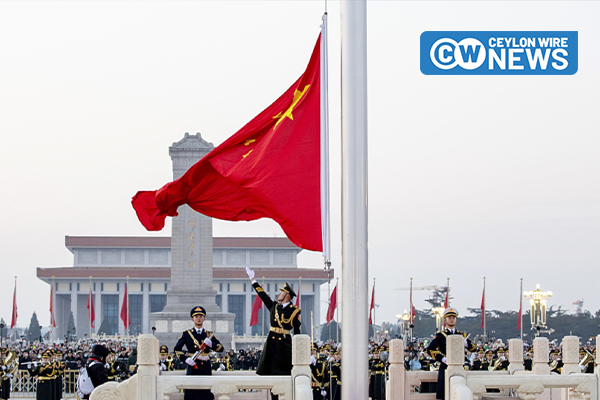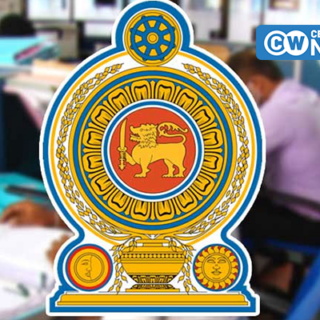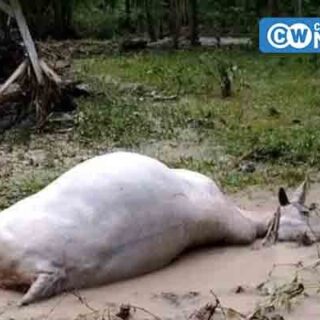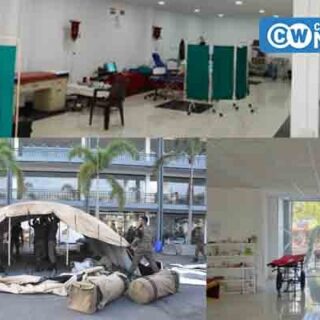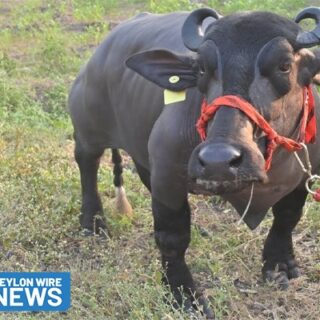July 2025 marked a historic milestone celebrating the 90th birthday of His Holiness the 14th Dalai Lama. While the Tibetan diaspora and supporters across the world celebrated this momentous occasion with joy and reverence, inside occupied Tibet, it was met with intensified fear and brutal crackdowns. For the Communist Party of China (CPC), any public or private homage to the Dalai Lama is an act of political defiance. For Tibetans, such spiritual expression can result in surveillance, detention, torture, or worse. What should have been a celebration of peace and legacy turned into a stark reminder of the systematic efforts by China to erase the Tibetan identity and crush any symbolic dissent.
For over six decades, the CPC has labelled any allegiance to the Dalai Lama as “separatist” behavior. Particularly around his birthday, China tightens its grip. In June and July 2025, as His Holiness’s 90th birthday approached, Chinese forces were deployed in large numbers across the Tibetan regions of Amdo, Kham, U-Tsang, and the capital Lhasa. Monasteries were placed under stricter surveillance, with digital monitoring and armed security presence deterring even the smallest gathering or prayer.
The fear is not new. But the crackdown this year was harsher, reflecting both the symbolic weight of the 90th birthday and growing CPC anxiety over spiritual resistance. Tibet witnessed a spike in arrests, demolitions of religious structures, and disappearances, all aimed at severing the spiritual and cultural ties between Tibetans and the Dalai Lama.
The case of Asang, a young Tibetan singer from Ngaba County, underlines the extent of repression. In July 2025, he was arrested for singing “Prince of Peace,” a tribute to the Dalai Lama. Two of his friends were also detained. No official charges or updates have been provided to their families, a chilling reminder of the CPC’s opaque and punitive judicial system.
This is not an isolated incident. In the last decade alone, there have been at least four known waves of mass detentions (2013, 2016, 2021, 2024) around the Dalai Lama’s birthday, targeting individuals for sharing images, participating in prayer groups, or simply uttering words of respect for His Holiness. Gyegjom Dorje was detained in 2024 for singing a song referencing the Dalai Lama. In 2021, Kunchok Tashi and Dzapo were arrested for merely participating in a social media group dedicated to birthday prayers. These are conservative figures, and the real number of persecuted Tibetans is likely much higher, hidden behind China’s censorship firewall.
In 2025, coinciding with His Holiness’ 90th birthday, the restrictions were even stricter, as a journalist’s travelling to Kirti Monastery in Ngawa, Amdo, revealed. The report disclosed unprecedented restrictions and covert surveillance by Chinese authorities within Tibetan monastic institutions.
Under President Xi Jinping, the campaign to assimilate Tibetans has taken an ideological turn. In June 2025, a month before the Dalai Lama’s birthday, Xi met China’s state-appointed Panchen Lama to promote “national unity” and reassert the idea that “religions in China must be Chinese in orientation.” This doctrine is a vehicle for forced Sinicization, aiming to transform Tibetan Buddhism into a tool of state propaganda, stripped of its spiritual autonomy.
To consolidate control, the CPC has banned public display of the Dalai Lama’s portrait, outlawed certain prayers, erased murals and artwork, and replaced traditional religious education with “patriotic education.” Tibetans are now mandated to display portraits of Chinese leaders, including Xi, in their homes, a jarring reversal of spiritual priorities.
Just before the July celebrations, Chinese authorities demolished over 300 Buddhist stupas and a revered statue of Guru Rinpoche in Drakgo County. Such acts are not mere vandalism; they are part of a deliberate strategy to erase Tibetan religious heritage. Shrines, scriptures, monasteries, language, and rituals are being targeted in a calculated move to annihilate Tibetan cultural memory.
Simultaneously, Beijing uses the term ‘Xizang’ instead of Tibet in domestic, diplomatic and media parlance, aiming to recast the region as an inseparable part of Han-dominated China and erase its historical identity. Reforms in education have mandated Mandarin while discouraging or even eliminating the Tibetan language. Festivals are banned or repackaged as Chinese cultural events.
Despite the CPC’s efforts to suffocate Tibetan identity, the Dalai Lama’s spiritual authority remains unshaken. In response to Chinese interference in religious succession, His Holiness reiterated that only the Gaden Phodrang Trust, the traditional office of the Dalai Lama, has the authority to recognize his reincarnation. By reaffirming this, he preserved centuries of Tibetan tradition as he anticipates Beijing’s likely attempt to install a puppet successor once he passes.
This announcement is a direct counter to China’s long-term strategy, which is to eliminate the Dalai Lama as a living symbol of Tibetan unity and replace him with a compliant, state-controlled figure. But as the Dalai Lama rightly noted, his legacy will continue, rooted in compassion, truth, and justice, values antithetical to the authoritarianism of the Chinese state.
The Dalai Lama’s 90th birthday is not merely a personal milestone; it is a symbol of spiritual endurance, cultural resilience, and nonviolent defiance. While China tightens its control on Tibet, demolishing stupas and imprisoning singers, it cannot extinguish the collective Tibetan spirit that reveres compassion over control. The focus on the Tibet issue highlights that human rights are not internal matters. China’s campaign to erase Tibetan identity, through surveillance, indoctrination, imprisonment, and cultural erasure, is an affront to universal values.


